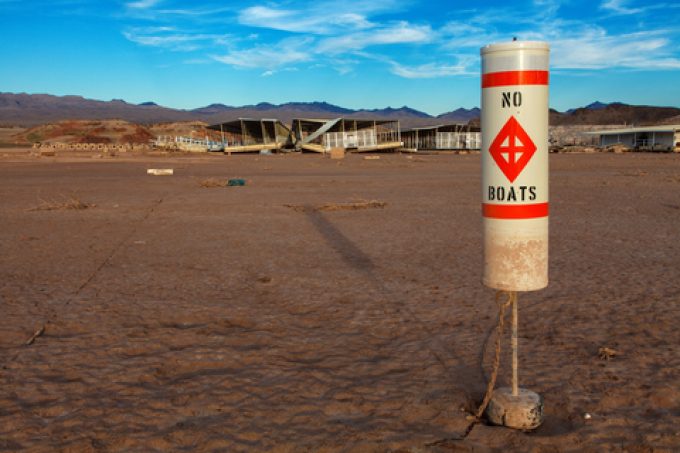No summer siesta for airfreight
Traditionally, air cargo spot rates tend to decline or remain flat at best during H1, ...

Amid rising general support for a CO2 levy, Xeneta has highlighted the vulnerability of shipping to climate change, evidenced by the drying-up of critical trade arteries over the past 12 months.
The World Shipping Council (WSC) said its proposed Green Balancing Mechanism was “very positively received” at last week’s MEPC 81 in London.
The initiative hit the headlines when WSC major shipping line members Maersk, Hapag Lloyd, Evergreen and others endorsed an increase in the cost of fossil fuels concomitant with the price of low- or zero-carbon alternatives, despite it narrowing their profit margins.
“The constructive input received both at the inter-sessional and MEPC meetings are invaluable as we further develop the mechanism,” said the WSC.
“Renewable fuel plants will only be built by energy providers if there is a clear demand for green fuels, and simply narrowing the price gap will not be enough to create a viable market,” it explained, adding that a financial measure would ultimately be needed.
Peter Sand, Xeneta’s chief analyst, said last week: “Maritime shipping has a plan set in stone, and reaching net-zero GHG emissions from international shipping by 2050 is a mind-blowing target.
“Meanwhile, other industries are pretending nothing is wrong and are burning more and more fuel every year.”
In the wake of MEPC 81, Xeneta highlighted projections by the Panama Canal Authority (PCA) that water levels in the Gatun Lake would fall still further this year. With daily ship transits more than halved, the lines are exploring alternatives, such as Panama’s constrained ‘land bridge’ railway line and Mexico’s threadbare and, as-yet-unfinished, Corredor Interoceanica (CIIT).
But climate change is having similar impacts all over the world: the Amazon; Mississippi; Yangtze; and the Rhine rivers have all been impacted by drought over the past year, regardless of any added effect of El Nino.
“The Rhine is used for onward transportation of ocean freight containers when they arrive at Rotterdam,” said Mr Sand. “If there is severe drought, then you may not be able to do this, or at least the containers won’t be able to make it as far along the river into the heart of Europe, as they ordinarily would do.”
Consultant UMAS described MEPC 81’s “unanimity” and “positive signal[s] for further cooperation” among hitherto fractious IMO member states.
“Though unanimous in agreeing to a common framework for the amendment of MARPOL Annex VI Chapter 5 amendment, the diversity of member states’ preferences on key measures signals a complex journey ahead,” added Annika Frosch, UMAS consultant and researcher at UCL Energy Institute. “Yet, this shared commitment lays a hopeful foundation for the negotiations required to achieve agreement on the measures as outlined in the Revised GHG Strategy.”
MEPC also approved a new Emission Control Area (ECA) for Canada’s and Norway’s Arctic waters – with the notable absence of Russia, owing to its exclusion from the IMO in December.
The measure mandates the use of low-sulphur (0.1%) fuel in the Arctic, as well as reducing particulate matter. Black carbon and soot are credited with accelerating climate change by reducing the reflectiveness, or albedo, of sea ice.
“We hope the designation of ECAs in Canadian Arctic waters and the Norwegian Sea will drive broad positive change on reducing shipping climate pollutants, especially if the shipping sector complies with the designation by switching to low-sulphur distillate fuels or other cleaner fossil fuels,” said Sian Prior, Clean Arctic Alliance lead advisor.
Comment on this article